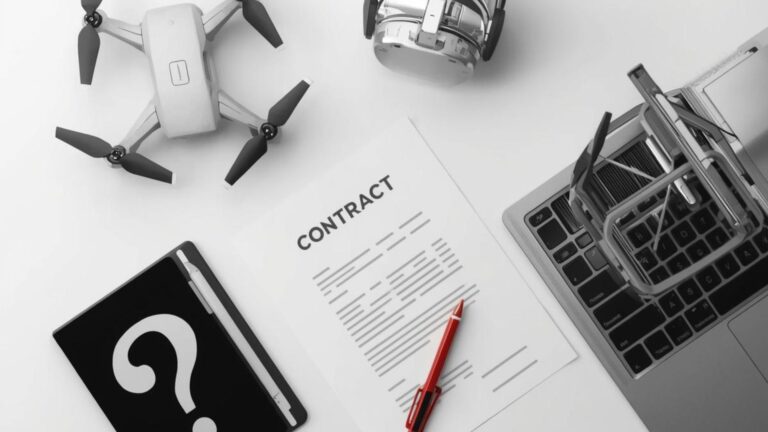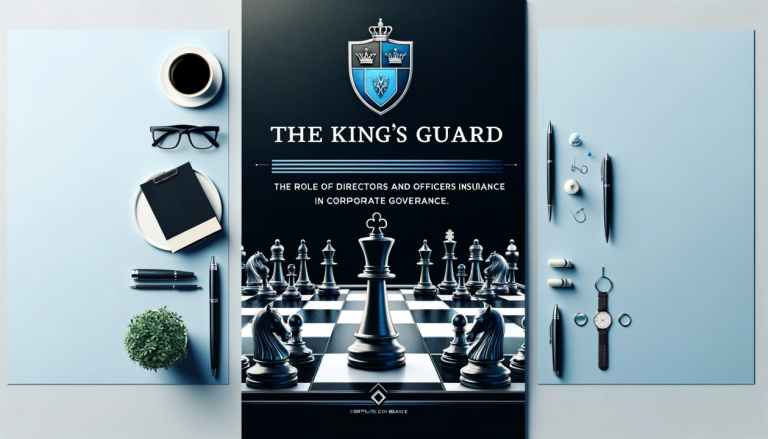Defamation (Libel and Slander)
Coverage for claims of libel (written false statements) or slander (spoken false statements) that allegedly harm someone’s reputation. For example, if a magazine article or online review includes an inaccurate accusation about a person or company and they sue for defamation, media liability insurance would help cover the defense costs and any settlement or judgment.
Copyright Infringement
Protection against claims that you used someone else’s protected content without permission. This could involve using a photograph, music track, video clip, or written material that you didn’t have the rights to. If the original creator or rights holder sues for damages, the policy would cover legal expenses and payouts related to the infringement.
Trademark Infringement
Coverage for lawsuits claiming you improperly used a trademarked name, logo, slogan, or other brand identifier in your content. For instance, if an advertising campaign accidentally features another company’s trademarked phrase or a logo too similar to another brand’s, you could face a trademark infringement claim media liability insurance would respond to that.
Plagiarism
Protection in cases where someone alleges that the content you published plagiarized their work. If a blogger or author is accused of copying portions of another person’s text or ideas without credit (even if unintentional), a media liability policy can cover the legal costs to defend against the claim.
Invasion of Privacy
Coverage for claims that your content violated a person’s privacy rights. This could arise from publishing private information without consent, misusing someone’s image or likeness, or portraying someone in a false light. For example, if a reality show or documentary is sued for how it depicted a private individual, invasion of privacy coverage would be crucial.
Advertising Injury
This is a broad category of coverage that includes various offenses that occur in advertising or promotional content. It often overlaps with some of the areas above, covering things like disparagement (making false or harmful claims about someone’s product or business in an ad), misappropriation of someone’s likeness or ideas in advertising, or other intellectual property issues arising from marketing materials. Essentially, if a lawsuit stems from something said or shown in an advertisement or promotional content, it would fall under advertising injury coverage.
In all of these scenarios, media liability insurance not only covers any settlement or judgment awarded to the claimant, but importantly, it covers the legal defense costs. Lawyers’ fees and court costs can add up quickly in content-related lawsuits, even if you ultimately are found not at fault. Having insurance ensures you have the resources to mount a strong defense.
It’s also important to know what media liability insurance typically does not cover. Most media liability policies will exclude certain risks, such as bodily injury or property damage (which are covered under general liability insurance), as well as deliberate wrongdoing or criminal acts. They also usually will not cover breach of contract – for example, if a client sues because you failed to deliver work as promised in a contract, that’s a different type of claim outside the scope of media liability coverage.
Additionally, errors and omissions in purely professional services (unrelated to published content) would fall under a standard E&O policy rather than media liability. In summary, media liability insurance is focused on the intangible, content-driven risks – libel, slander, infringement, privacy violations, and similar “information injuries” – providing a crucial safety net for anyone sharing content with the public.
























































































































